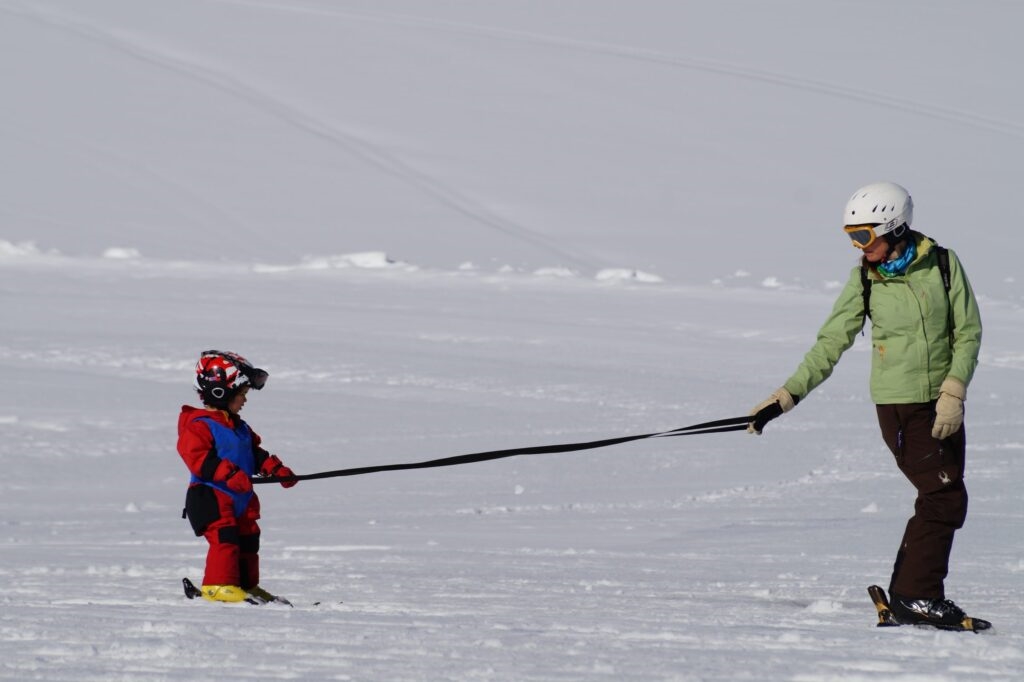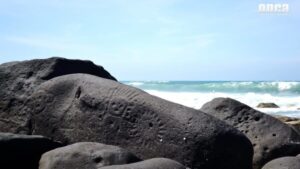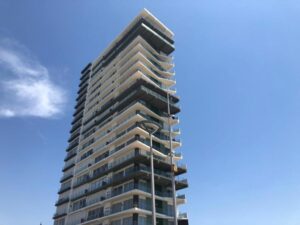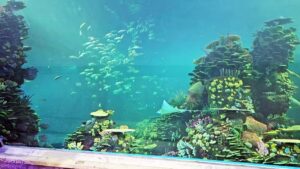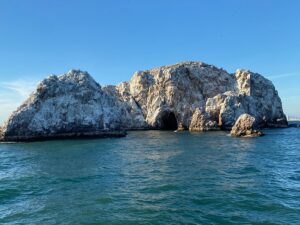Discovering the History of Osorno Volcano, Chile
Nestled in the heart of Chile’s Lake District, Osorno Volcano is a stunning natural landmark that captivates visitors with its perfect cone shape and snow-capped peak. This iconic volcano, often compared to Japan’s Mount Fuji, offers a blend of breathtaking scenery, rich history, and exciting activities for travelers. Whether you’re an adventure seeker or a history enthusiast, Osorno Volcano has something to offer everyone.
What to See and Do
Osorno Volcano is a paradise for outdoor enthusiasts. The surrounding Vicente Pérez Rosales National Park is a haven for hikers, offering trails that range from easy walks to challenging treks. One of the most popular trails is the hike to the summit, which provides panoramic views of the Andes, the Pacific Ocean, and the nearby lakes. For those who prefer a more relaxed experience, the ski resort on the volcano’s slopes offers skiing and snowboarding during the winter months, as well as chairlift rides with stunning views year-round.
The Petrohué Waterfalls, located nearby, are another must-see attraction. These cascading falls are set against the backdrop of the volcano, creating a picturesque scene that is perfect for photography. Additionally, the nearby Todos los Santos Lake offers opportunities for kayaking, fishing, and boat tours, allowing visitors to explore the area’s natural beauty from the water.
A Bit of History and Interesting Facts
Osorno Volcano has a rich history that dates back thousands of years. It is part of the Southern Volcanic Zone of the Andes, a region known for its volcanic activity. The volcano’s last major eruption occurred in 1869, but it remains an active stratovolcano, with fumaroles and hot springs indicating ongoing geothermal activity.
The indigenous Mapuche people have long revered Osorno Volcano, considering it a sacred site. They believed that the volcano was home to powerful spirits and incorporated it into their mythology and rituals. European explorers first documented the volcano in the 16th century, and it has since become a symbol of the region’s natural beauty.
An interesting fact about Osorno Volcano is its role in the development of the region’s hydroelectric power. The Petrohué River, which flows from the volcano, is harnessed for energy production, providing a sustainable power source for the surrounding communities.
Getting There and Tips for First-Time Visitors
Reaching Osorno Volcano is relatively straightforward. The nearest major city is Puerto Montt, which has an airport with regular flights from Santiago. From Puerto Montt, it’s about a 90-minute drive to the town of Puerto Varas, a charming lakeside town that serves as a gateway to the volcano. From Puerto Varas, you can take a bus or rent a car to reach the national park and the volcano itself.
For first-time visitors, it’s important to come prepared for the weather, which can be unpredictable. Even in the summer months, temperatures can be cool, especially at higher elevations, so bring layers and waterproof clothing. If you plan to hike, make sure to wear sturdy shoes and bring plenty of water and snacks.
Additionally, consider hiring a local guide if you’re unfamiliar with the area. They can provide valuable insights into the region’s history and natural features, ensuring a safe and enriching experience.
